In order to pick up the right lens for real estate photography, you have to think about the dimensions of both the internal and external spaces you are going to capture. For most real estate photography, it seems that using a wide angle lens with a focal length between 10mm to 25mm on a full frame camera is more than appropriate. Using a lower focal length lens will get you into the fisheye view which is not suitable at all for real estate photography. For using focal length more than 30mm in a tight space will give you a narrow scene. The second thing you should consider is using prime or zoom lens, the decision is entirely dependent on cost. If you can afford prime lenses, they typically offer sharper and higher quality focusing photos. Another thing to consider is the lens focusing capabilities of the lens. What about fast lenses? The overwhelming majority of real estate photos need to be in sharp focus from the front to back i.e. deep depth of field. This means you’ll be shooting somewhere between f/7.1-11. No need for fast f/2.8 lenses in this line of work, this is great news because f/4 lenses tend to be much cheaper than faster lenses.
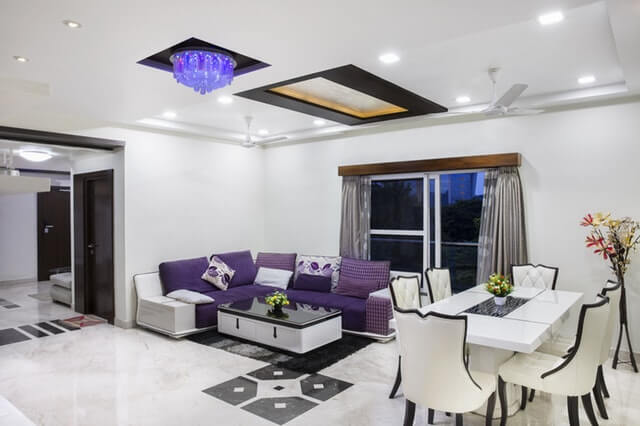
In the following recommended lists of real estate photography lenses, I include the DXOMark score and the lens metric score. The definitions of the scores are stated below.
DxOMark Score
The DxOMark Score reports average lens-camera performances over the whole focal length and aperture ranges. The DxOMark Score is reported using a gauge that shows the score itself as well as the range of scores over the focal range.
Lens Metric Scores (or Optical Metric Scores)
DxOMark reports lens performance scores for five Lens Metrics:
Sharpness
The DxOMark resolution score shows the sharpness performance of a lens-camera combination averaged over its entire focal length and aperture ranges.
Distortion
To compute the distortion metric, we average the absolute value of the maximal distortion over the whole range of focal lengths (distortion being independent of aperture). The result is the DxOMark distortion score that we report. Zooms usually have negative distortion (barrel) for short focal lengths and positive (pincushion) distortion for longer focal lengths. The metric penalizes both types of distortion. Distortion is expressed as a percentage: the value 0 is the perfect case; 1% is high, but there is no upper limit. A value of 0.2% corresponds to a noticeable distortion. Wide-angle lenses have more distortion.
Vignetting
For each focal length, we only consider the widest possible aperture. We weigh the vignetting value in the field and tolerate a bit of vignetting in the corner. This yields a single value for each focal length. We average values over the whole range of focal length, and the result is the DxOMark vignetting score that we report. Vignetting is expressed in Exposure Value (EV) and is a negative number, as it describes a loss of exposure. No vignetting at all (0 EV) is perfect. Very wide aperture lenses are obviously more likely to show more vignetting (more than 2EV). Variations below 1/3 EV are barely noticeable.
Transmission
For each focal length, we measure the T-stop at the largest possible aperture. We then obtain the transmission metric score by averaging over the whole range of focal length. T-stop has the same meaning as the lens f-stop and utilizes similar values. Best transmissions are attained for fixed focal lenses. Zooms cannot usually have very large apertures for long focal lengths. T-stop has an indirect impact on the image since it will usually change auto exposure behavior. A lower transmission can result in longer exposure times (and motion blur) or higher ISO sensitivity (and more noise). Variation below 10% will not be noticed.
Chromatic aberrations
For each focal length and aperture, we first normalize (scale on a 24x36mm sensor) and weigh lateral chromatic aberration in the field, so as to tolerate a bit of aberration in the image corners. For each focal length, we select the largest value over the range of possible apertures and then average this value over the range of focal length. The result is the chromatic aberration metric score that we report.
Chromatic aberrations are expressed in micrometers (µm). The perfect value is 0; a value of 30 is very high, although there is no upper limit. A value of 5µm is noticeable and represents about 1 pixel for most cameras.
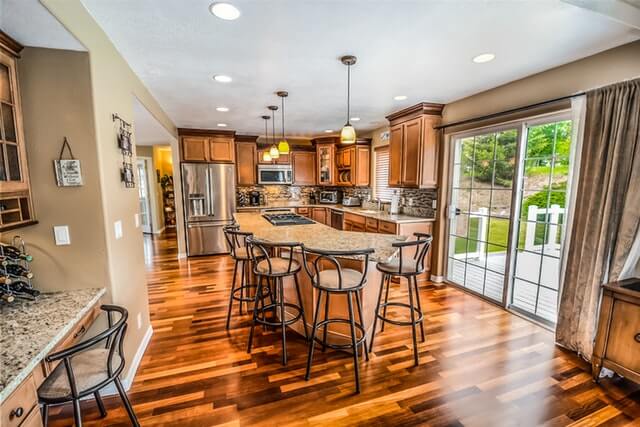
Recommended lenses for Real estate photography
Here are two lists that featuring some of the best full-frame and cropped frame lenses for real estate photography. These lists include lenses made for Nikon, Canon, and Sony cameras.
For full-frame Cameras
Canon EF 16-35mm f/4L IS USM Lens
Covering a useful wide-angle focal length range, the EF 16-35mm f/4L IS USM is a Canon L-series lens distinguished by its constant f/4 maximum aperture, sophisticated optical design, and use of image stabilization to realize sharp imagery. Two ultra-low dispersion elements are used to greatly reduce color fringing and chromatic aberrations throughout the zoom range for high clarity and color accuracy, and a Super Spectra coating has also been applied to suppress flare and ghosting for improved contrast. Three aspherical elements are also featured and help to control distortion and minimize spherical aberrations for improved sharpness.
Complementing the imaging capabilities, this wide-angle zoom also features a four-stop-effective Image Stabilizer system that minimizes the appearance of a camera shake for sharper handheld shooting. A ring-type USM and internal focusing mechanism also afford quick, quiet, and accurate autofocus performance, as well as full-time manual focus override. Additionally, this lens is weather-sealed and has a protective fluorine coating on the exposed elements for use in trying environmental conditions.
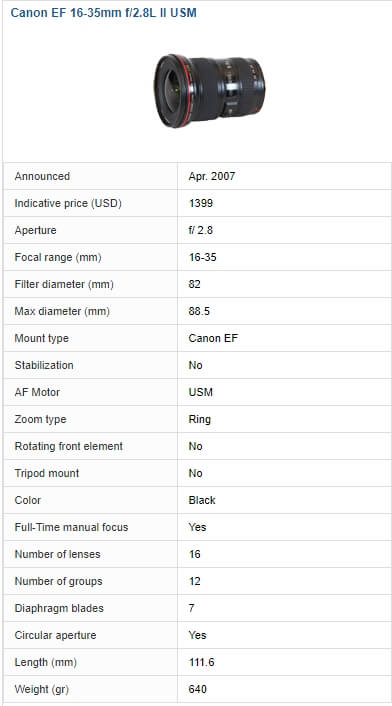

Nikon AF-S FX NIKKOR 16-35mm f/4G ED VR
The AF-S NIKKOR 16-35mm f/4G ED VR Lens from Nikon delivers crisp, clear and non-distorted images with a versatile set of wide-angle focal lengths. It is a lens often found in the kits of working photojournalists due to its comprehensive wide-angle coverage, relatively lightweight, and durability. On DX format DSLRs it provides the 35mm focal length equivalence of 24-52.5mm. The optical design features 17 lens elements in 12 groups and includes 2 Extra-low Dispersion (ED) and 3 aspherical elements to reduce chromatic aberrations and distortion and lend high-contrast images. Nano Crystal Coating virtually eliminates internal lens element reflections across a wide range of wavelengths and reduces flare and ghosting.
Fast, accurate and quiet autofocus is accomplished via Nikon’s exclusive Silent Wave Motor (SWM) and Internal Focus (IF) enables fast autofocus without changing the length of the lens, retaining working distance throughout the focus range. Manual focus override allows for precise control over critical focus even when in AF mode. The VR II image stabilization system reduces the blur caused by camera shake enabling 2.5 shutter speed stops of compensation in dim light. Practically, this means that handheld shooting is possible in almost all situations. The lens also features a rounded 9-blade diaphragm which creates a natural appearance in out-of-focus areas of your images.


Nikon AF-S NIKKOR 14-24mm f/2.8G ED
The AF-S NIKKOR 14-24mm f/2.8G ED Lens from Nikon is an ultra-wide-angle zoom lens with a constant f/2.8 maximum aperture that delivers edge-to-edge sharpness, high contrast and is a staple in the kits of advanced Nikon shooters. It features Nano Crystal and Super Integrated Coating to improve light transmission and reduce the effects of ghosting and flare. Two ED (Extra-low Dispersion) elements and three aspherical lenses control chromatic and spherical aberrations and combine to enhance sharpness and contrast. Designed for FX-format DSLRs it is also compatible with DX-format cameras on which it offers the 35mm focal length equivalence of 21-36mm.
The Silent Wave Motor (SWM) and internal focus system provide swift autofocus with superior accuracy and ultra-quiet operation. This G-type lens does not feature an aperture ring on the lens body, resulting in a lighter and more compact lens. Aperture changes are designed to be done via the camera’s command dial. A magnesium alloy build with dust and moisture resistant sealing allows this lens to be used in inclement conditions and a built-in lens hood offers a degree of protection to the otherwise exposed front lens element.
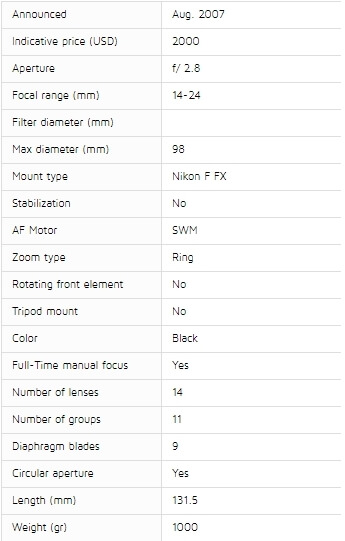
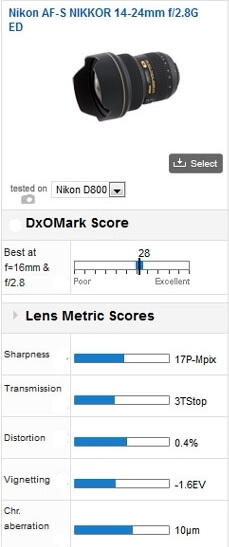
Canon EF 11-24mm f/4L USM

Canon markets some superb ultra-wide zoom lenses for its full-frame DSLRs. Until recently, however, the only option shorter than 16mm was the EF 8-15mm f/4, which is a fisheye rather than the rectilinear lens. Compared with a 16-35mm lens, the 5mm reduction in minimum focal length has a huge impact on the maximum viewing angle. This is actually the most ‘wide-angle’ zoom you get for Canon full-frame DSLRs. As usual for such an ultra-wide lens, the bulbous front element is shielded by a built-in petal-shaped lens hood. A lens cap fits over the hood to protect the precious glass in transport. Handling and image quality is excellent but the Canon loses out slightly to the Sigma 12-24mm Art lens for control over color fringing and distortion.
Sigma 12-24mm f/4 DG HSM Art
The 12-24mm ultra-wide to standard-wide focal length and the promise of excellent performance with edge-to-edge sharpness make the Sigma 12-24mm f/4 A an attractive option for Canon and Nikon shooters looking for an affordable wide-angle zoom for landscape, architectural, or interior photography. Other features include Sigma’s HSM autofocus motor with full-time manual focus override, a 24cm minimum focus distance for close-up photography, and compatibility with Sigma’s USB dock for updating firmware and fine-tuning focus parameters. There are two mounting options for Canon and Nikon full-frame cameras.
-
Sigma 12-24mm f/4 DG HSM Art (for Canon)
-
Sigma 12-24mm f/4 DG HSM Art (for Nikon)
Tamron 15-30mm f/2.8
Announced towards the end of 2014, the Tamron SP 15-30mm F/2.8 Di VC USD is a competitively-priced, ultra-wide, full-frame, high-speed zoom targeting the traditional press market as well as landscape and architecture photographers. Like recent models from Tamron, it has several attractive features, including a silent sonic-type motor, optical image stabilization, and anti-ghosting nano-type (eBAND), and hydrophobic fluorine coatings. It also has a circular 9-bladed aperture to help with rendering rounded highlights and smoothing transitions to out-of-focus areas.
The optical formula consists of 16 elements arranged in 13 groups, with a mix of aspherical surfaces and LD glass to reduce various aberrations. With a built-in petal-shaped lens hood and no accessory thread, however, there is no provision for fitting filters
Specifications
- 18 elements arranged in 13 groups
- 8 constant aperture
- Sonic-type motor
- Aspheric surfaces
- LD glass
- 9x circular aperture blades
- 11” (28cm) minimum focus
There are three mounting options for Canon, Nikon, and Sony cameras.
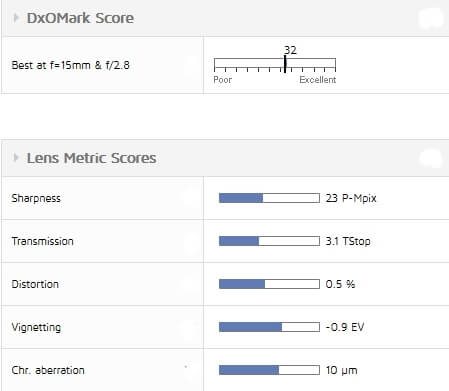
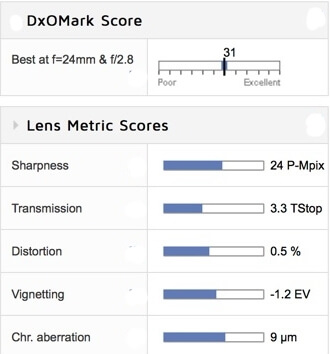
Tokina AT-X Pro FX 16-28mm f/2.8
For the professional, a 16-28mm f/2.8 lens is almost a necessity, and this new AT-X 16-28mm F2.8 Pro FX Lens for Canon and Nikon from Tokina fills the bill very nicely. Designed specifically for Canon pro-level DSLRs with a full-frame sensor (such as the Canon EOS 5D Mark II), and for Nikon pro-level DSLRs with a full-frame sensor (such as the Nikon D700 and D3x), this super wide-angle zoom has 15 elements in 13 groups, using aspherical and SD super-low dispersion glass elements to reduce chromatic aberration and give maximum resolution. The silent DC motor allows the lens to focus quickly and quietly and works with a GMR magnetic AF sensor to increase AF speed even more.
An exclusive One-Touch Focus Clutch mechanism allows switching quickly between autofocus and manual focus by snapping the focus ring forward for AF and back toward the camera for manual focus. And, it’s possible to buy this lens without applying for a mortgage first. The following links are for Canon and Nikon cameras.
For crop sensors cameras:
Tokina 12-28mm f/4
Product Highlights
- Fits Canon APS-C Cameras & Nikon DX Cameras
- 19-45mm Equivalency in 35mm Format (Canon)
- 18-42mm Equivalency in 35mm Format (Nikon)
- Aperture Range: f/4-22
- Silent Drive-Module AF Motor
- AF/MF Clutch Mechanism
- Molded Glass Aspherical Lens Elements
- Ultra-Low Dispersion Glass
There are two models for Canon and Nikon cameras
-
Tokina ATXAF128DXC 12-28mm f/4.0 Pro APS-C Lens for Canon
-
Tokina 12-28mm f/4.0 AT-X Pro DX Lens for Nikon
Nikon AF-S DX Zoom-NIKKOR 12-24mm f/4G IF-ED
- F Mount Lens/DX Format
- 18-36mm (35mm Equivalent)
- Aperture Range: f/4 to 22
- Two ED Glass and three Aspherical Elements
- Super Integrated Lens Coating
- Silent Wave Motor AF System
- Internal Focus; Manual Focus Override
- Minimum Focus Distance: 12″
- Filter Thread Diameter: 77mm
- Rounded 7-Blade Diaphragm
Tamron 10-24mm F/3.5-6.3 Di-II VC HLD
This ultra-wide-angle zoom lens for APS-C DSLR cameras offers the finest of all Tamron worlds: best-in-class 10-24mm focal length range (the 35mm equivalent of 16-37mm). It also includes state-of-the-art Tamron technology like VC (Vibration Compensation), a new HLD (High/Low torque-modulated Drive), Fluorine Coating, and Moisture-Resistant Construction.
Product Highlights
- For Nikon F-Mount/DX-Format, 15-36mm (35mm Equivalent)
- For Canon EF-Mount/APS-C Format, 16-38.4mm (35mm Equivalent)
- One XLD Element, One LD Element
- Aspherical & Hybrid Aspherical Elements
- BBAR and Fluorine Coatings
- HLD Autofocus Motor
- VC Image Stabilization
- Moisture-Resistant Construction
- Rounded Seven-Blade Diaphragm
There are two models for Canon and Nikon
-
Tamron 10-24mm F/3.5-4.5 Di-II VC HLD Wide Angle Zoom Lens for Canon APS-C Digital SLR Cameras
-
Tamron 10-24mm F/3.5-6.3 Di-II VC HLD Wide Angle Zoom Lens for Nikon APS-C Digital SLR Cameras
Rokinon FE14M-C 14mm F2.8
This lens comes in three different models for Canon, Nikon, and Sony
Product highlights
- Lens not Zoomable
- Minimum Focusing Distance of 10.8 inches
- This is the new updated UMC version
- 14 Elements in 12 Groups, Focal Length: 10.5 -14mm
- This lens is compatible with Canon cameras that have full-frame or APS-C sensors
- Aperture Range: F/2.8 – F/22
- 6 Diaphragm Blades
Product highlights
- Rokinon 14mm f/2.8 IF ED UMC / Built-in AE Chip for Nikon
- Lens not Zoomable
- Minimum Focusing Distance of 10.8 inches
- Focal Length -14 mm
- 18 elements in 12 groups, Aperture range: f/2.8-F/22, 10 diaphragm blades
- This lens is compatible with all Nikon cameras that have a full-frame or APS-C sensors (which is all Nikon DSLR models)
- Minimum Focusing Distance of 10.8 inches
- Focal Length -14 mm
- 18 elements in 12 groups
- Aperture range: f/2.8-F/22, 10 diaphragm blades
-
Rokinon FE14M-E 14mm F2.8 for Sony E-mount
Product highlights
- Ultra-wide angle of view on both full-frame and APS-C cameras. Lens has a minimum focusing distance of 0.9′ (28 cm) for enhanced close-up shots.
- Excellent construction and superior build quality for razor-sharp images
- Features a built-in petal-type hood, Focal Length: 14mm
- Lens has a minimum focusing distance of 0.9′ (28 cm) for enhanced close-up shots, Lens not zoomable. No autofocus.
- Super multi-layer coating to reduce flares and ghost images
- Aspherical lens elements improve peripheral image quality. Circular diaphragm (7 blades) delivers beautiful, soft backgrounds
- Optical Image Stabilizer provides up to 4 shutter speed stops of correction.
- Ring USM, high-speed CPU, and optimized AF algorithms for fast autofocusing with a minimum focusing distance of 0.23m.
- The full-time manual focus for manual adjustment while in AF mode with silent and smooth operation making it suitable for video recording.
- Aspherical lens elements improve peripheral image quality.
- Circular diaphragm (7 blades) delivers beautiful, soft backgrounds.
Related posts
Best Camera for Real Estate Photography
Be Prepared to Take Great Real Estate Photos – Essential Equipment>
What is The Tilt-Shift Lens – Your Ultimate Guide
Thanks for reading, I hope you enjoyed the article and found it useful if you have any questions just post them below & I will be happy to answer you.
If you enjoy the site, don’t forget to subscribe, we will only inform you when a new article is posted.

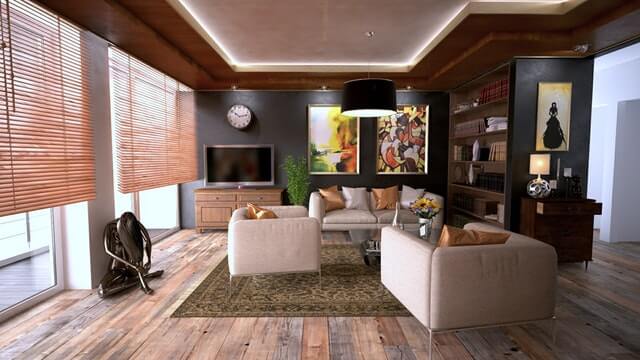


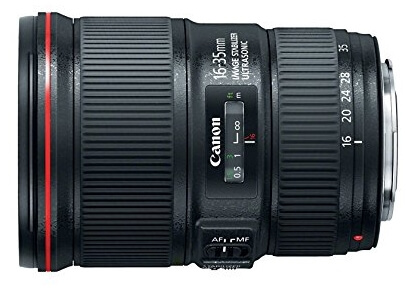

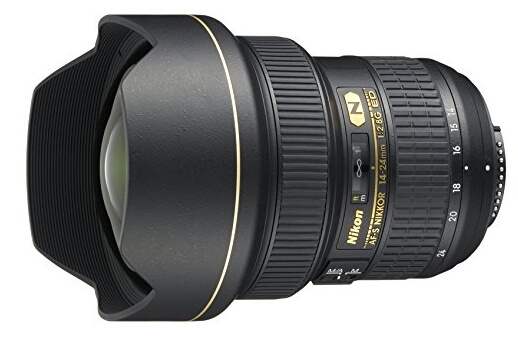
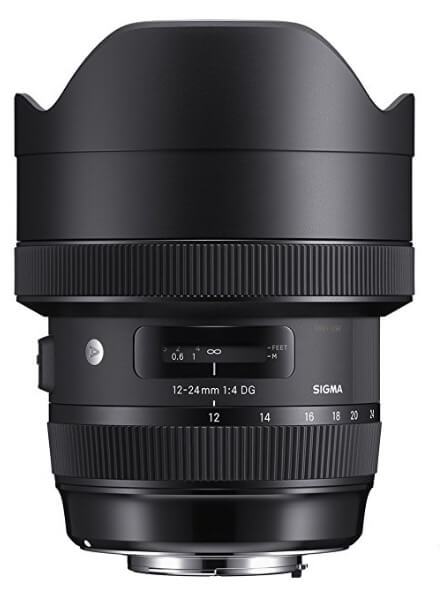
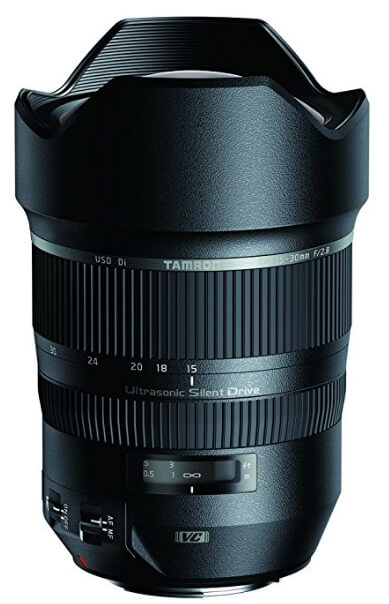
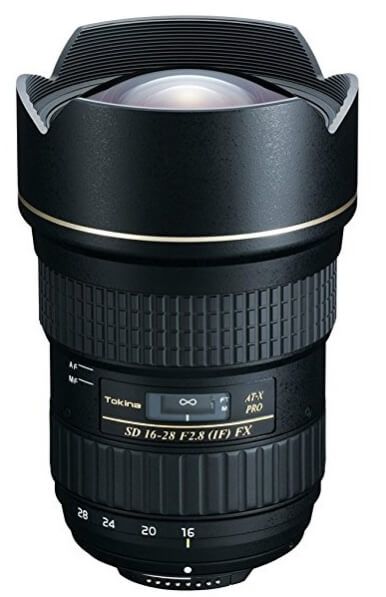
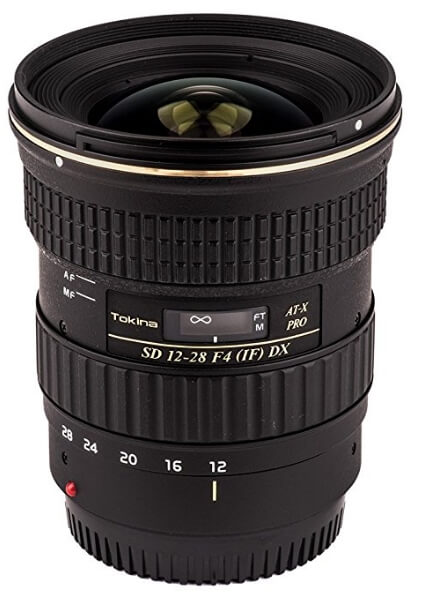
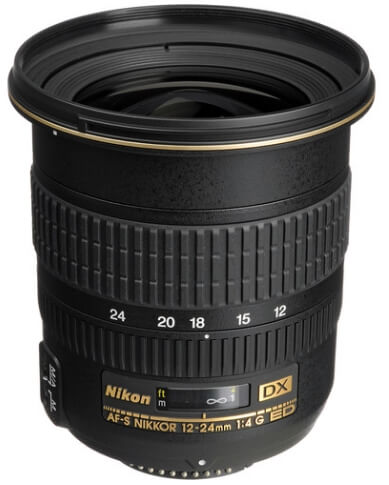
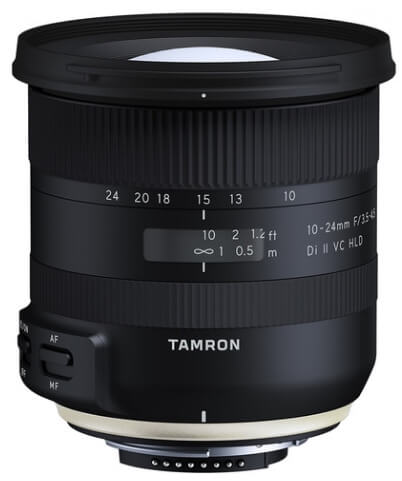


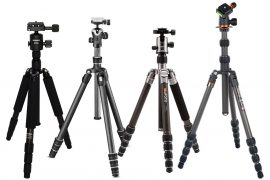

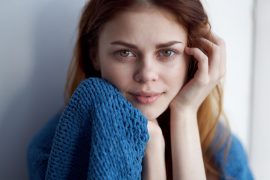
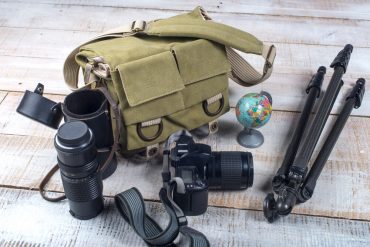
I loved your article on real estate photography. I am not very good when it comes to indoor photography at all , something I am still learning about myself. Now I do have the Canon L-series EF 16-35mm I got it because of the weather sealed lens that you mentioned for my outdoor photos. So I can speak for the durability and sharpness of the lens. I bookmarked your site for further reading you have a lot of useful tips for photography.
Glad you like the article and the site, thanks for your comment, and hope you all success in learning photography.